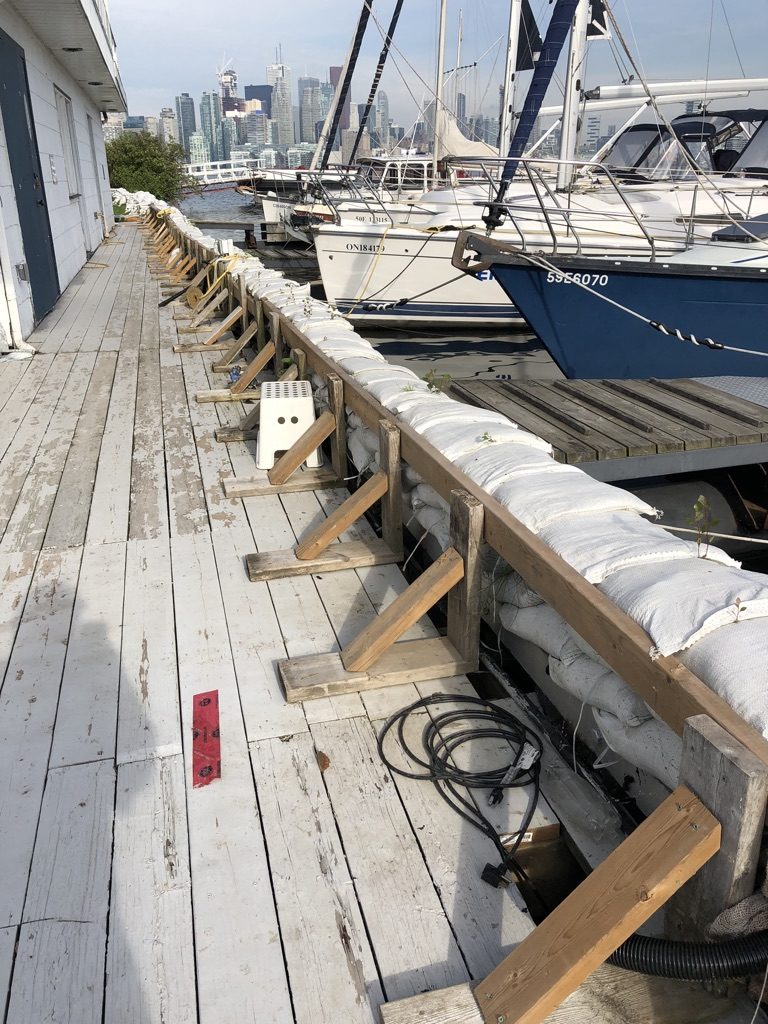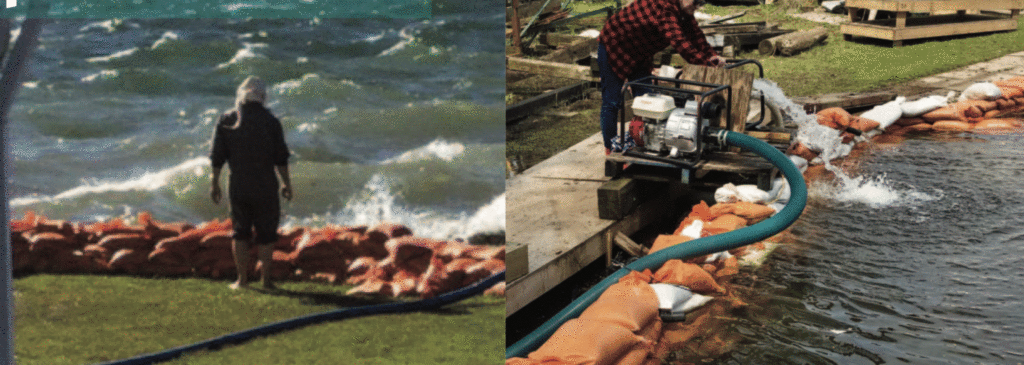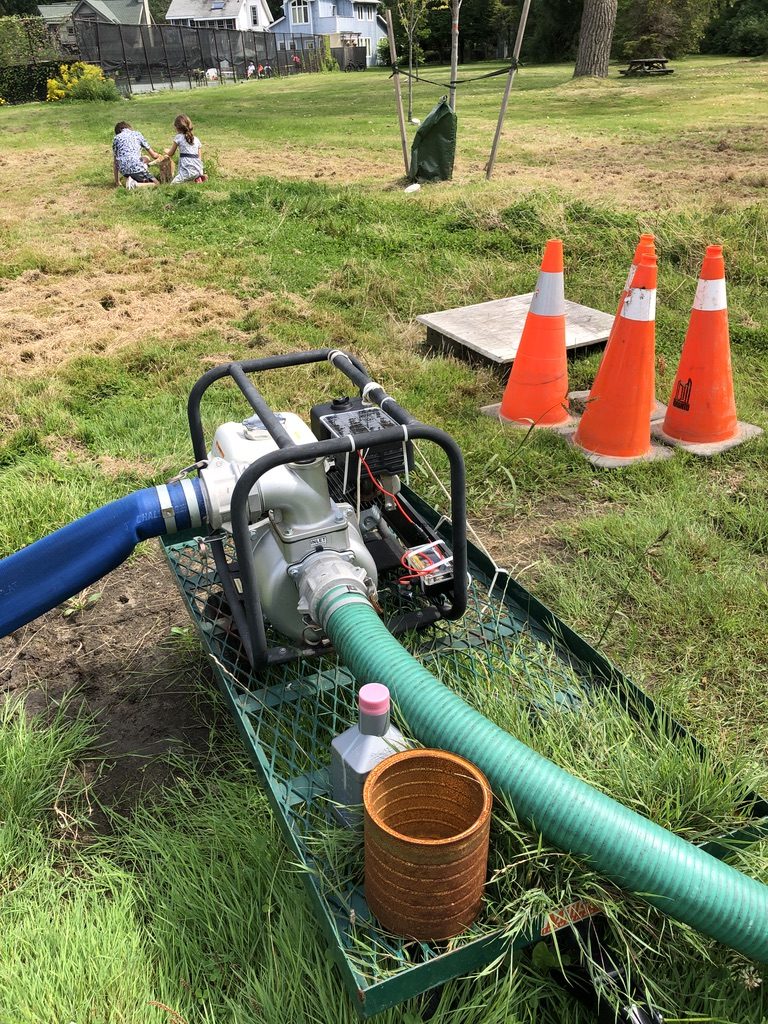Welcome to the Island App Factory IoT Project blog.
The Island App Factory develops ‘Internet of Things’ solutions for the real world. This blog serves as an open resource for those projects.
A Short Background…
During the spring and summer of 2017 and then again in 2019, the waters of Lake Ontario rose to record levels. In 2019 all of the Great Lakes experienced record water levels. The water threatened businesses, homes and public spaces on a massive scale.
Toronto Island is a string of connected islands overlooking the city of Toronto, Ontario, Canada. The Island is predominantly park land with a small mix of businesses and an active community of about 750 that live there year round. Historically the Mississaugas of the Credit, the Anishnabeg, the Chippewa, the Haudenosaunee and the Wendat peoples occupied this area for thousands of years; Snake Island has been known to Shaman as a place of healing for eons.

The Toronto Island is essentially a sandbar. The sand is the downstream silt from the erosion of the Scarborough Bluffs which is a product of the powerful Niagara River pressing the sand across the lake. Whether or not this is true, one thing is for certain, this is an Island surrounded by water. So when the lake level rises even a small amount it effects everyone. And when the water rises several feet it’s a scary feeling.
A flood is not like an earthquake or a fire. It takes months to do its damage. It creeps up like an impending storm and it keeps going and going and going. It comes over the seawall and it literally bubbles up from below as the water table rises. It seems weird to dig a hole in the back yard and have it immediately fill with water from below. A flood is like being shot but the bullet takes 3 months to enter the body. Each hour you say, “ouch” as the bullet only goes in 1mm; every hour of everyday another tiny amount. It slowly erodes your strength and resolve.
Sandbag Walls
The first line of flood defence is to build sandbag walls around the perimeter. The amazing Toronto Parks Department supplied empty sandbags and mounds of sand to fill them with; volunteers from near and far joined the community to make thousands and thousands of sandbags. One by one the bags were laid in rows building up 2 foot high walls along the harbour side with inner walls to direct water that was inevitably going to bubble up. In the evening the sandbag walls looked like an archaeological discovery unearthed from the landscape.

Pumps
The next step is to pump out the water that is going to fill the areas leading up to the spaces you wish to protect. As the water rose, homes, businesses and the QCYC’s historic wood framed clubhouse were effectively below the level of the lake. It was truly strange to stand on the desk of the QCYC and notice the harbour was at waist level.

Two kinds of pumps were used: electric and gas. Electric pumps were small and ran very well for long stretches requiring only an electrical outlet. Gas pumps are far more powerful but require refuelling which meant keeping a feeder gas tank filled every few hours. The gasp pumps were so powerful they were generally used only when the water was getting critically high. Otherwise a string of electric pumps could be turned on/off manually to control the level of water beneath the clubhouse for example.

The volunteer QCYC Pump Brigade ran two hour shifts 24 hours a day for months to check and maintain the pump network throughout the club. The 2am shift meant getting up in the middle of the night and doing rounds across the boat yard and clubhouse.
It seemed there had to be a better way of managing the flood. Perhaps devices built for the Internet Of Things (IoT) could help Parks Staff and the community.
IoT
The ‘IoT’ refers to the use of small devices that connect things in the real world to the Internet, sending sensor data to and receiving commands from the cloud. These small embedded devices communicate over a variety of platforms such as Wi-Fi, Bluetooth and Cellular depending on the requirement.

The goal was to create inexpensive flood warning sensors, pump monitors, pump controllers and cameras all connected to a cloud based IoT server which could track, display and send alerts based on real time data. And in reverse, these devices would also be capable of controlling things in the real world from the cloud.
This blog is focused on documenting the experiences designing, building and producing Flood IoT Devices to protect against what seems to be an inevitable risk. Welcome to the Island App Factory IoT blog…
